 Shutterstock
Shutterstock
Back in the ‘60s, before phones buzzed with calendar reminders and digital clocks glowed on every appliance, there was another kind of timekeeper in the home—one with four legs, a wet nose, and an internal clock so accurate it made your old wind-up wristwatch look like a guessing game. They were up with the sun, waiting by the door before you reached for your keys and sitting by their food bowl two minutes before mealtime. These breeds were the furry timepieces that ran on loyalty and impeccable timing.
Labrador Retriever
 Shutterstock
Shutterstock
Labrador Retrievers practically ran on an internal alarm clock powered by routine and hope for snacks. In the ‘60s, they were the classic family dog, known for knowing exactly when Dad would pull into the driveway and when the school bus stopped. Labs were dependable not only for their loyalty but for their uncanny ability to anticipate life’s rhythm. Their punctual tail wags and doorbell barks weren’t just cute—they were practically synchronized with your daily schedule. And if dinner was ever late, a Labrador’s look of betrayal could be set to Greenwich Mean Time.
German Shepherd
 Shutterstock
Shutterstock
German Shepherds were the original multitasking timekeepers—guarding the house, watching the kids, and knowing exactly when to patrol the perimeter. Their keen instincts and sharp awareness meant they never missed a beat. These dogs could tell when it was time for a walk, when the paperboy was late, and when the mail carrier was about to arrive (even if it was early). Shepherds were precise, punctual, and powered by a sense of duty that rivaled your grandfather’s pocket watch. If routine had a face, it probably had a pointed ear and a serious expression.
Beagle
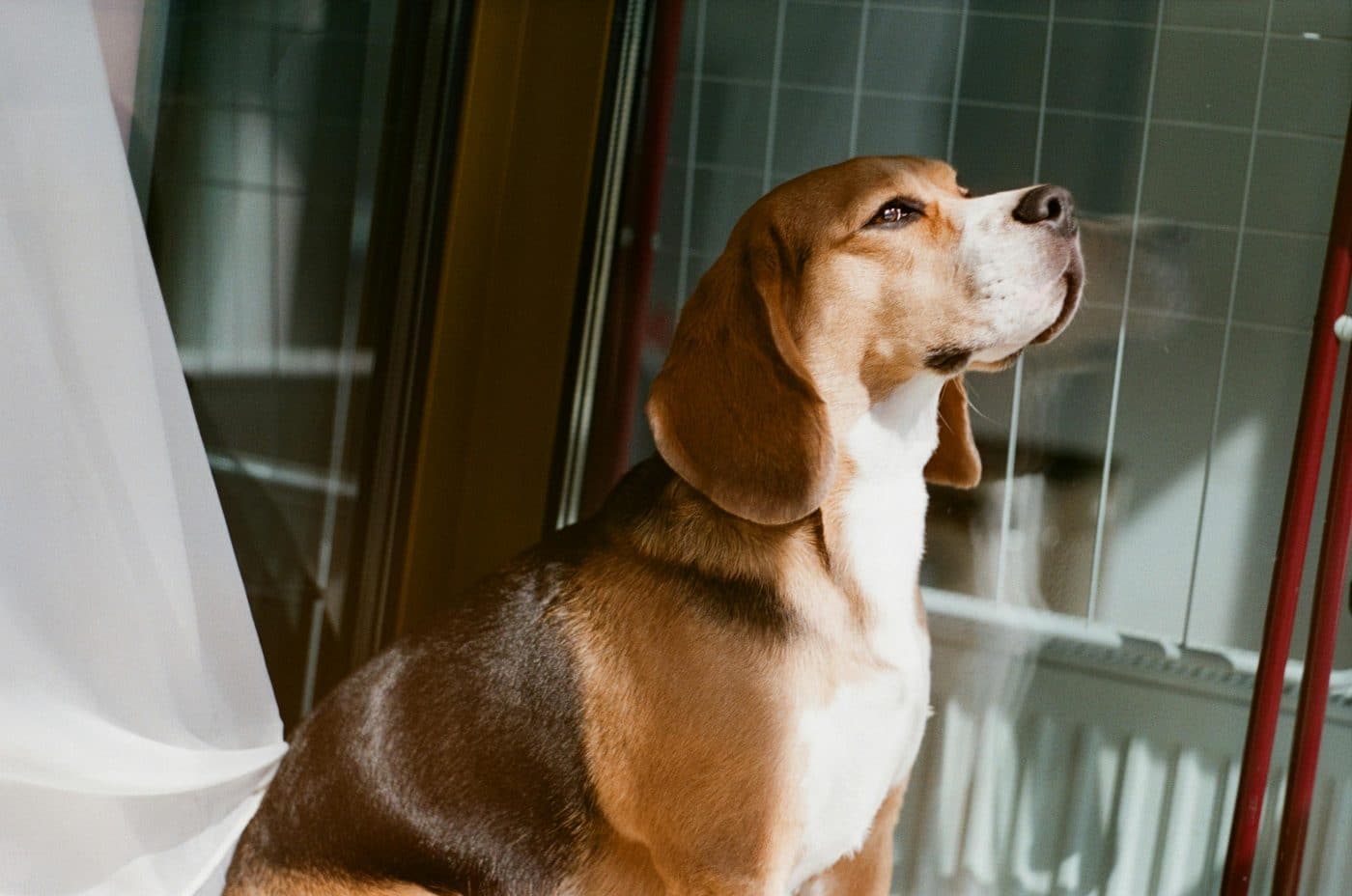 Shutterstock
Shutterstock
Beagles didn’t just know what time it was—they knew who was supposed to be doing what and when. Whether it was time to walk, eat, or take a mid-morning sniff around the yard, Beagles were ready before you were. Their noses may have led the way, but their internal schedule was always on point. If you fed them five minutes late, they’d start lobbying with mournful eyes and howls that echoed across the neighborhood. Beagles weren’t just pets—they were punctual reminders that it was time to get moving (or hand over a snack).
Collie
 Shutterstock
Shutterstock
Thanks to Lassie, Collies in the ‘60s had a reputation for rescuing Timmy from a well—but they were also experts at keeping the family on track. These dogs lived for predictability, following their people from breakfast to bedtime with flawless precision. They knew when the family was supposed to leave the house when the kids needed a nudge to catch the bus, and when the mail arrived. Their herding instincts translated perfectly into time management. If you were behind schedule, your Collie already knew—and was circling you gently to get things back on track.
Boxer
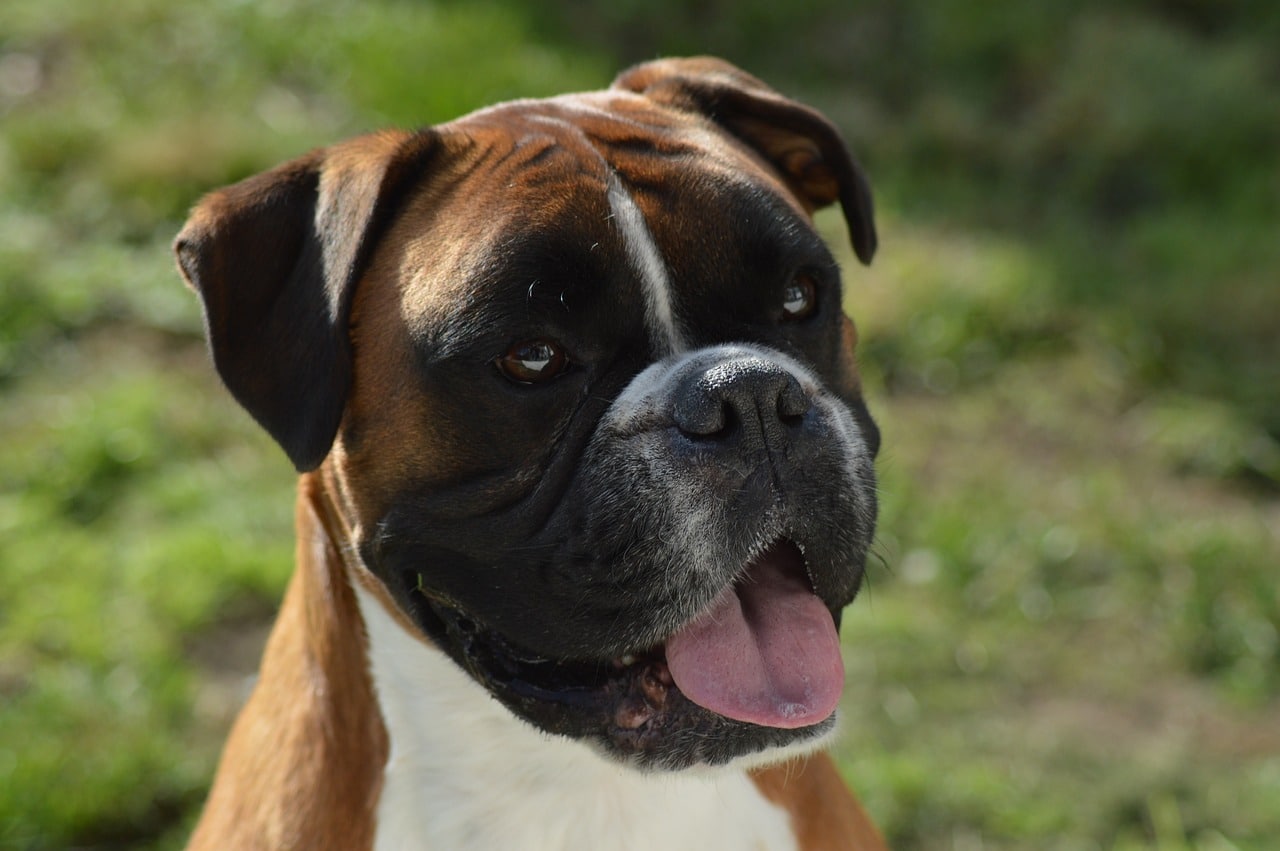 Shutterstock
Shutterstock
Boxers might’ve been goofy and high-energy, but their sense of schedule was surprisingly sharp. They had an internal “play o’clock” and “nap o’clock” that rarely deviated. Families in the ‘60s could count on their Boxer to show up at the door the second someone grabbed a leash or to plant themselves near the treat jar when it was time for their evening biscuit. They were equal parts jester and clockmaker—always ready, always on cue, and always convinced you were late for giving belly rubs.
Golden Retriever
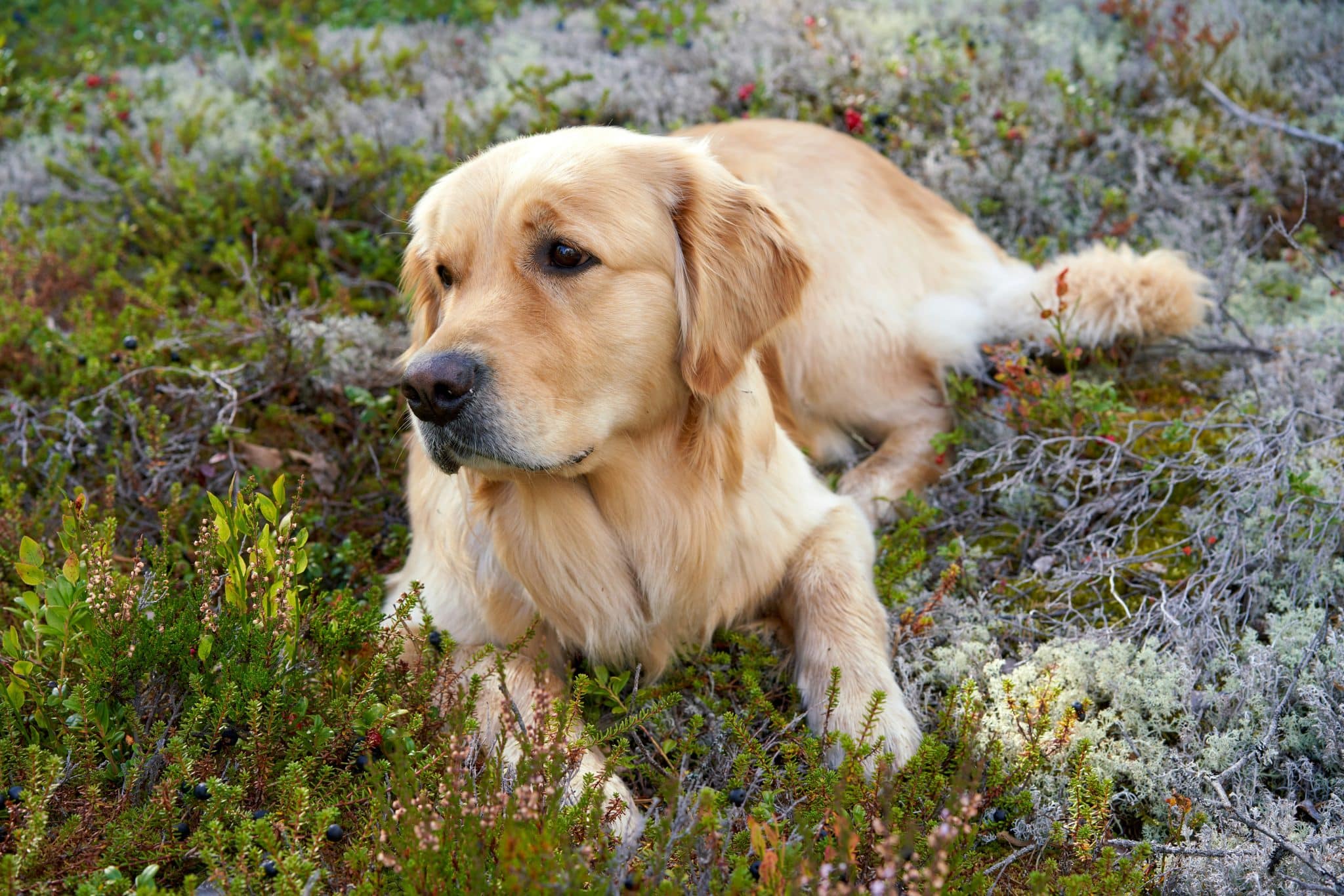 Shutterstock
Shutterstock
Golden Retrievers were the feel-good timekeepers of the era. They didn’t just show up—they showed up on time and full of optimism. These dogs had a sixth sense for when it was time to wake up the kids, when Grandma was about to visit, and when the roast was almost done. Their internal clock was fine-tuned for every family event, and they were usually sitting at the front door five minutes before it needed to open. Dependable, gentle, and always right on schedule, a Golden made every minute feel golden.
Dachshund
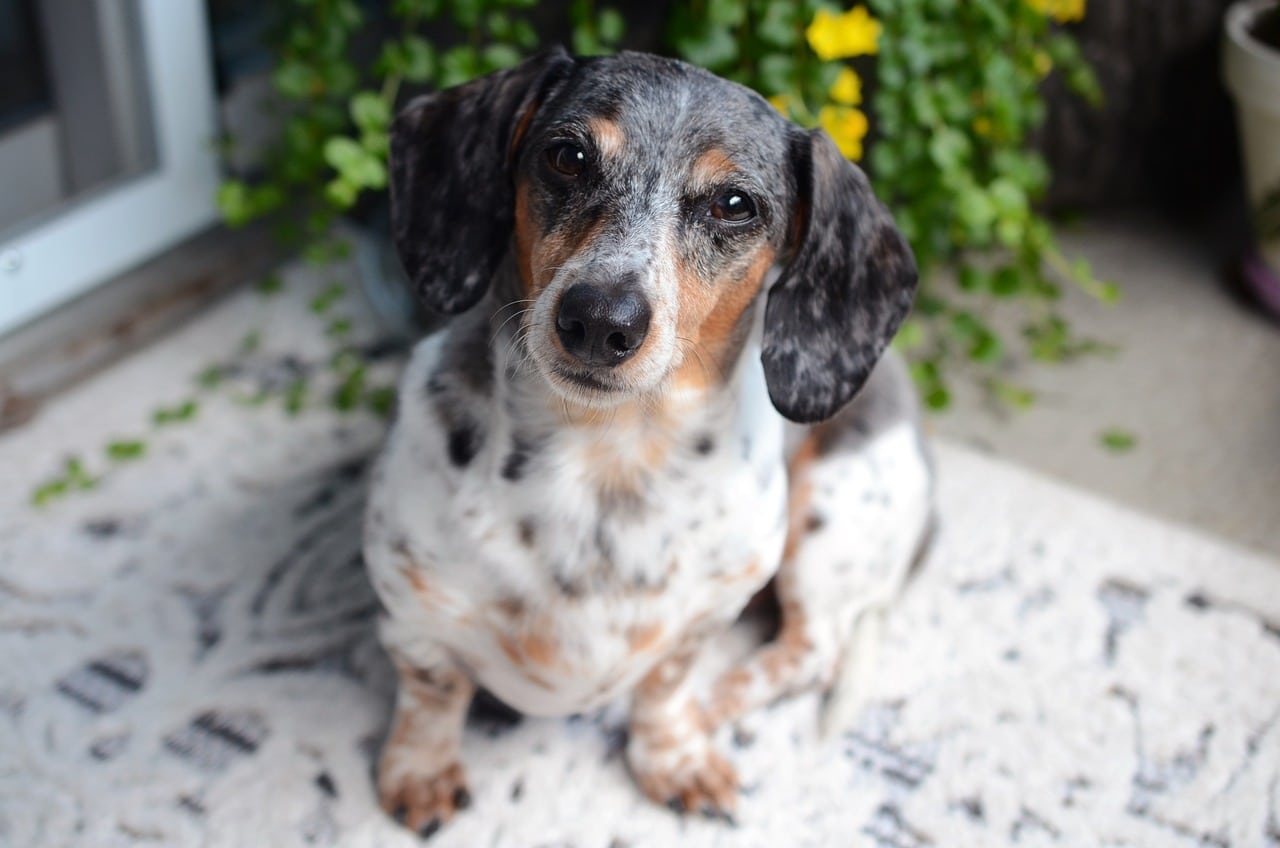 Shutterstock
Shutterstock
Don’t let the little legs fool you—Dachshunds were surprisingly good at sticking to a schedule. These feisty sausages knew exactly when it was time to be let out, time to eat, and time to demand attention. In the ‘60s, a Dachshund perched at the window could track the day’s comings and goings better than a wall calendar. They might have added a few barky reminders for good measure, but you never had to wonder what time it was—your Dachshund would let you know (loudly and with judgment if you were late).
Standard Poodle
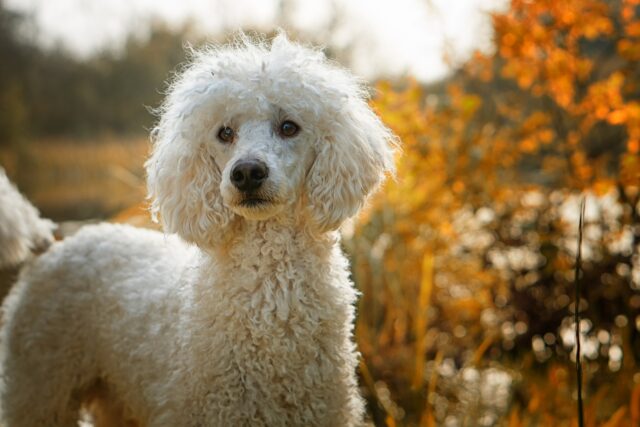 Shutterstock
Shutterstock
Standard Poodles brought elegance, intelligence, and perfectly timed reminders that it was dinner, walk, or bath time (though they were less enthusiastic about that last one). These dogs didn’t just memorize routines—they anticipated them. In the ‘60s, families admired their precision, whether knowing when the kids came home from school or when it was time to sit politely near the dinner table in hopes of a fallen meatball. Their punctuality was matched only by their fluff, and both were hard to ignore.
Brittany Spaniel
 Shutterstock
Shutterstock
Brittany Spaniels were the energetic clocks of the household—bouncing from one scheduled activity to the next with tail-wagging enthusiasm. They knew exactly when it was time for a walk, a run, or a backyard adventure. Their boundless energy operated like a wind-up toy that resets itself daily. In the ‘60s, they were a favorite for active families who wanted a dog that could keep up—and Brittanys were never late for playtime or a bird chase. If your watch stopped, Brittany’s bouncing at 3 p.m. would get you in.
Shetland Sheepdog
 Shutterstock
Shutterstock
Shetland Sheepdogs were the time-keeping hall monitors of the house. Shelties are obsessed with order, incredibly attuned to daily rhythms, and excel at maintaining household schedules. They were known to herd children toward school shoes, bark when the paper was late, and perch at windows like tiny security guards with perfect timing. Their calendar was internal but accurate, and they ran on clockwork woven into their DNA. In the ’60s, if something was off schedule, your Sheltie noticed before you did.
Basset Hound
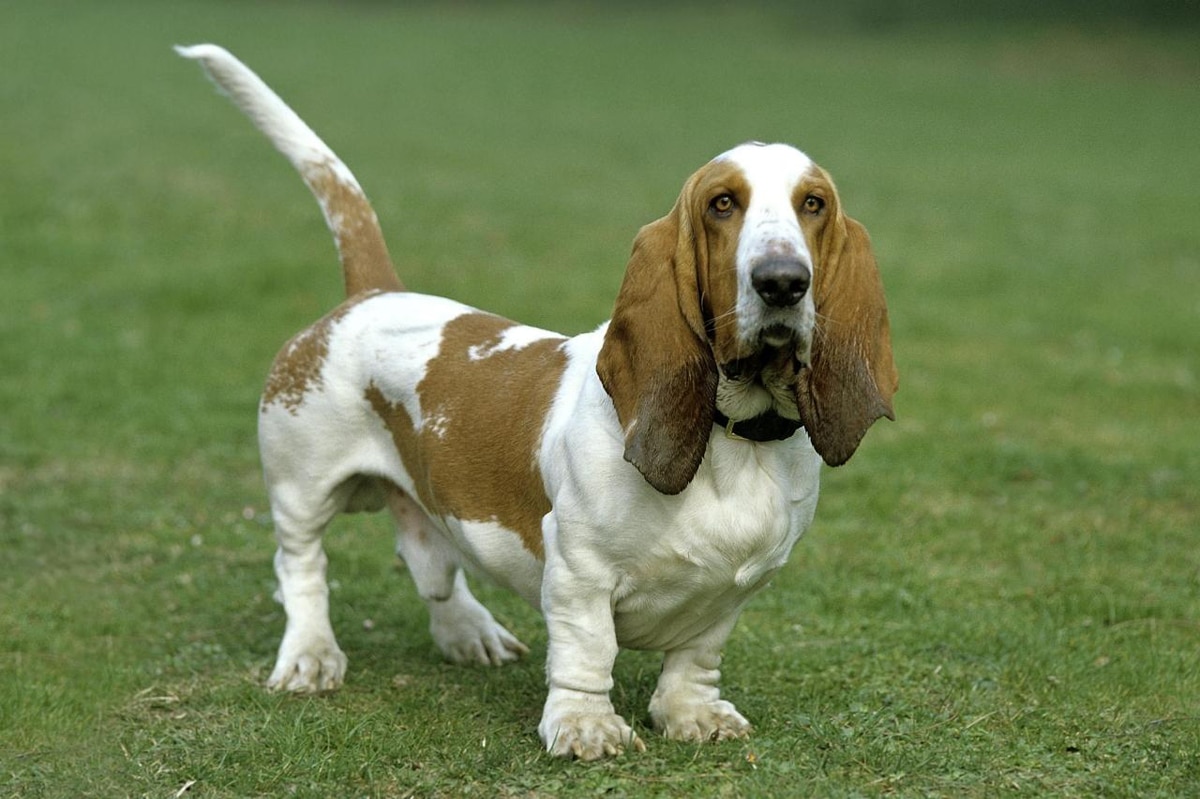 Shutterstock
Shutterstock
Basset Hounds might’ve looked laid back, but they kept a meticulous record of snack, walk, and nap time. Their slow movements didn’t mean slow minds—these dogs had a keen sense of consistency and were happy to remind you with a dramatic groan if you were late for their daily routine. In the ‘60s, their long ears may have flopped with every step, but those ears perked right up the second it was time for food. Reliable, droopy, and charmingly punctual, Bassets knew exactly how to keep things running.
Irish Setter
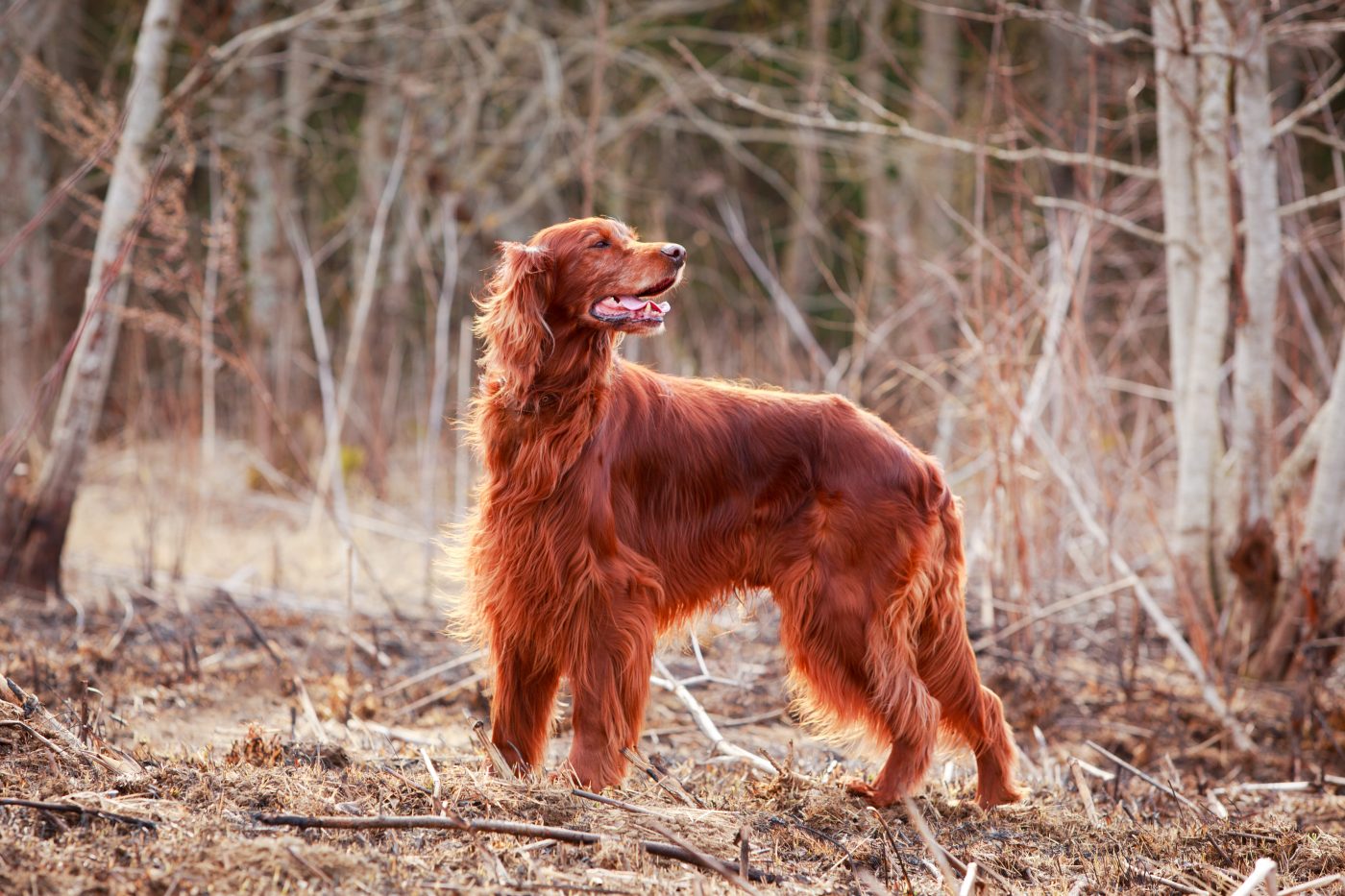 Shutterstock
Shutterstock
Irish Setters were flamboyant, fun-loving, and surprisingly attuned to schedules. Once they found a routine, they stuck to it like glue—with dramatic flair and tail wags so fast they generated a breeze. In the ‘60s, these red-coated beauties weren’t just pretty—they were reliable, showing up at the door at the exact minute their favorite human usually came home. Setters loved consistency and celebrations equally, and if your life had a rhythm, your Irish Setter was already tapping their paw to the beat.
Great Dane
 Shutterstock
Shutterstock
Great Danes were the slow, gentle giants who seemed to know exactly when it was time to be up and about—and when it was time to sit and be near. Despite their enormous size, they moved with an awareness of time and place that made them oddly punctual. Families in the ‘60s could count on their Dane to be at the door at dinner, beside the couch at movie time, and in the hallway for every morning stretch. Their reliability was as big as their paws—and twice as heartwarming.
The Original Smartwatches Had Tails And Drool
 Shutterstock
Shutterstock
Before alarms buzzed or reminders pinged, these dogs already had your schedule down. No charging, no glitches, and no surprise updates—just pure, tail-wagging reliability. These pups were living, breathing timekeepers, perfectly synced to the rhythm of your life. They knew when to wake up, wind down, or hand over a snack. More accurate than any clock, they never missed a moment that mattered. Always on time for cuddles, routines, and love, these dogs were the original planners—powered by heart, not batteries.

 1 day ago
5
1 day ago
5








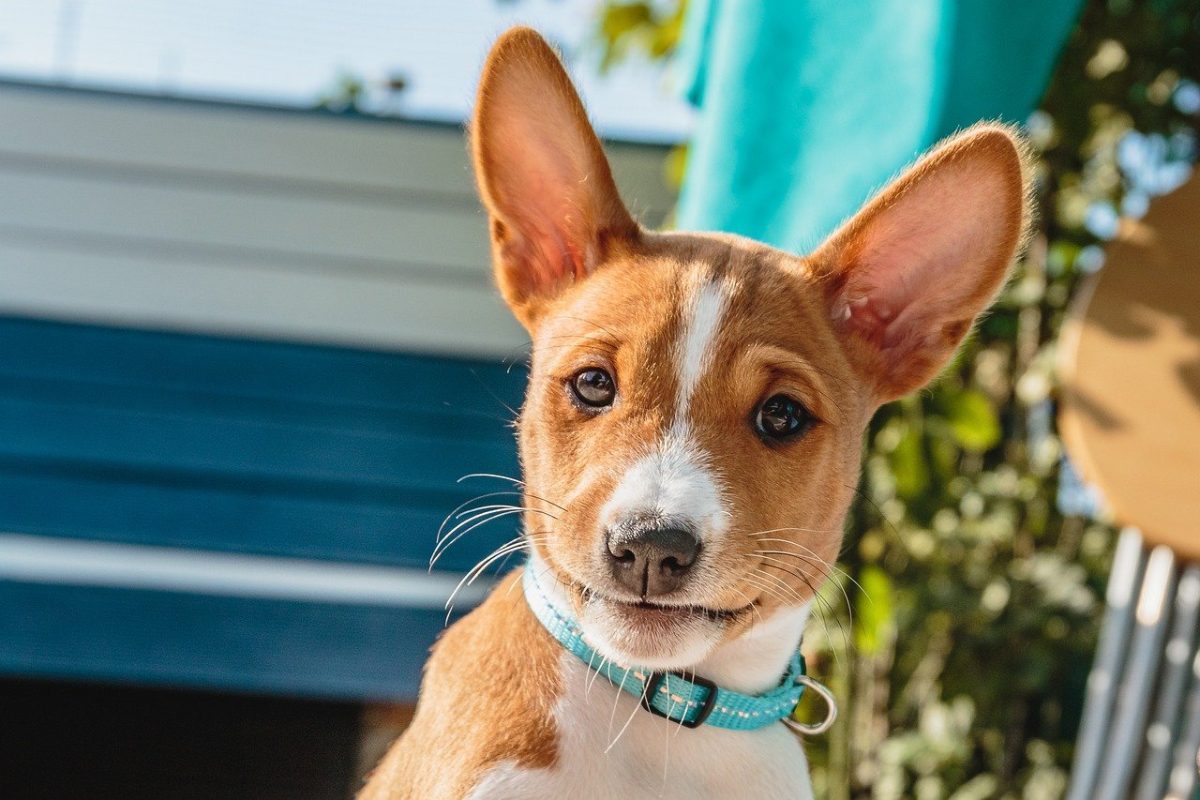


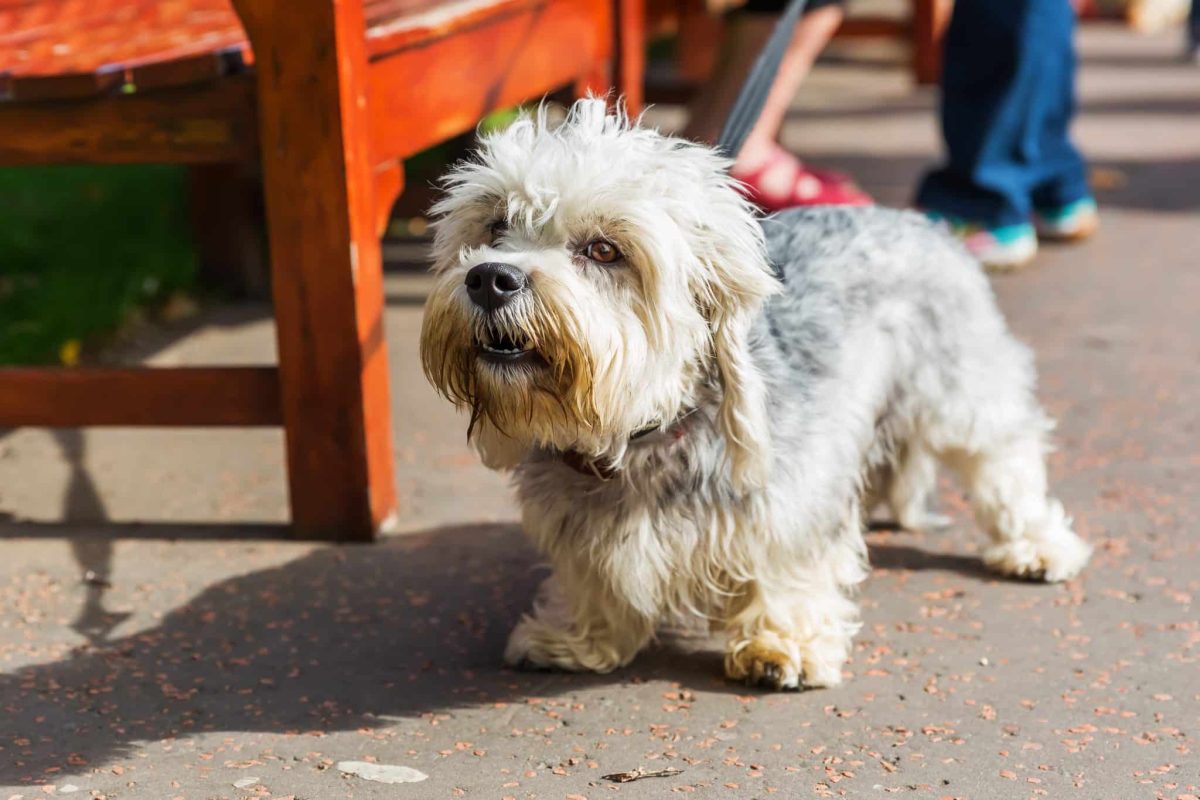

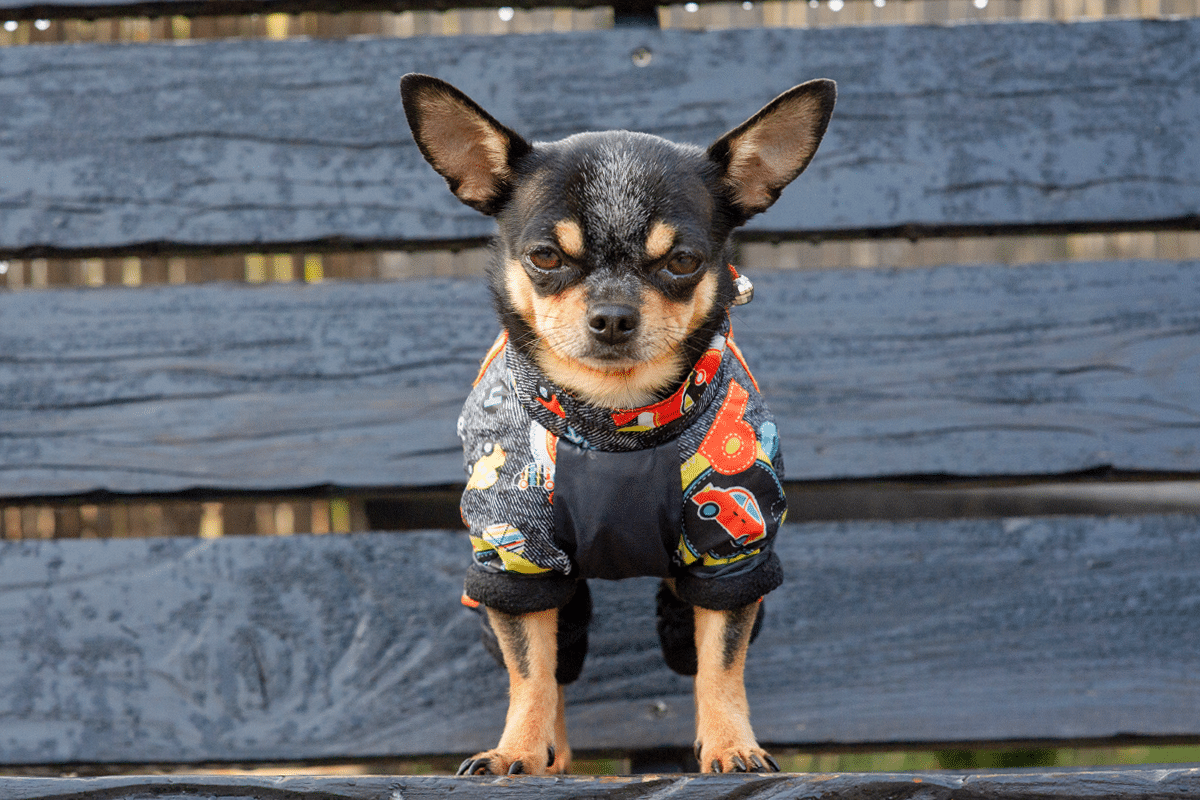
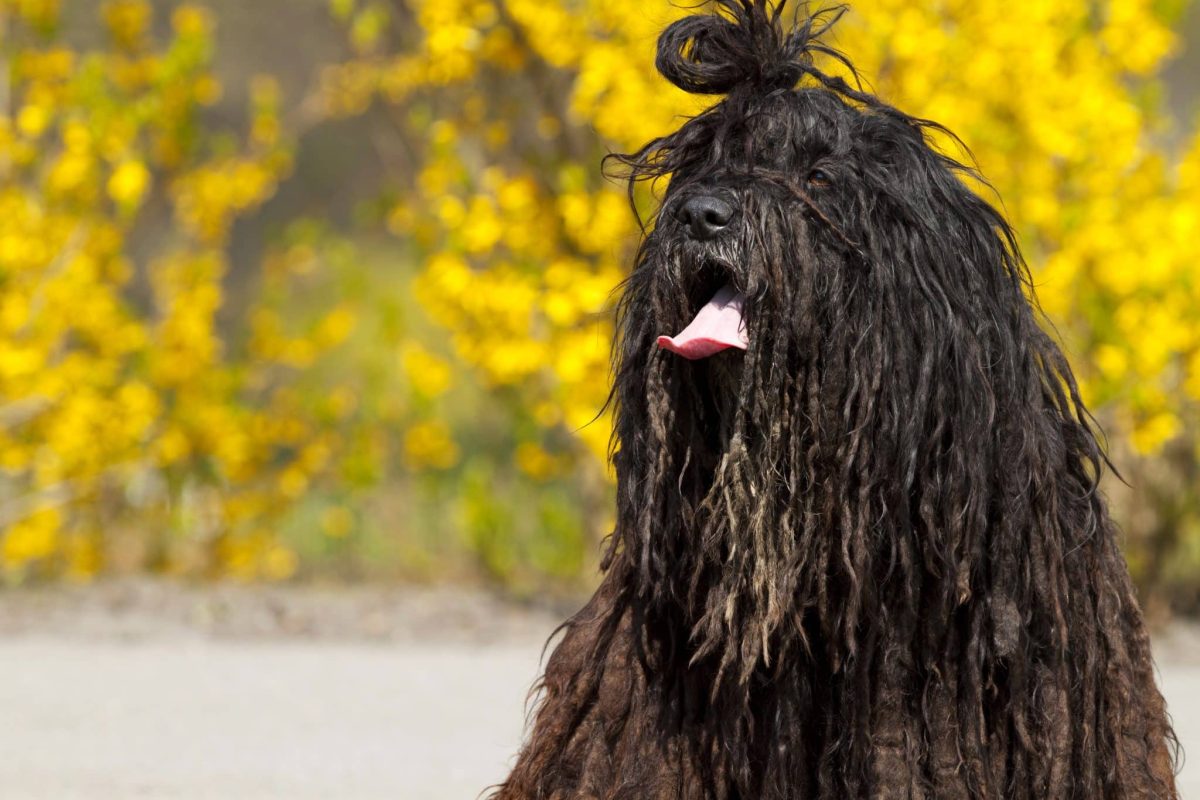
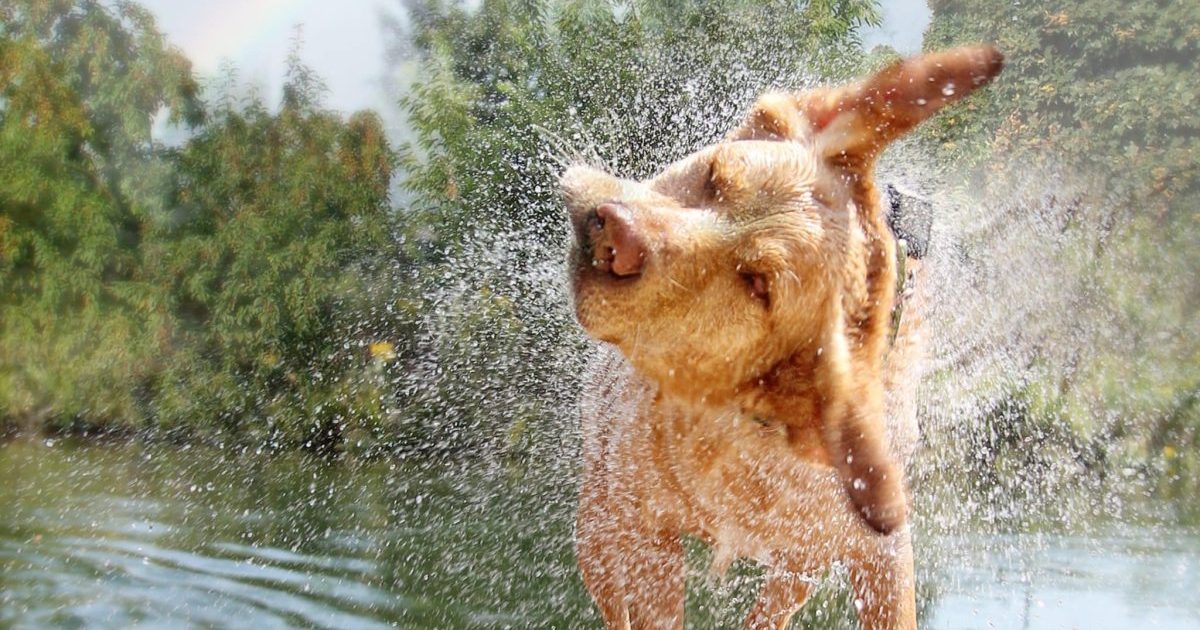


 English (US) ·
English (US) ·